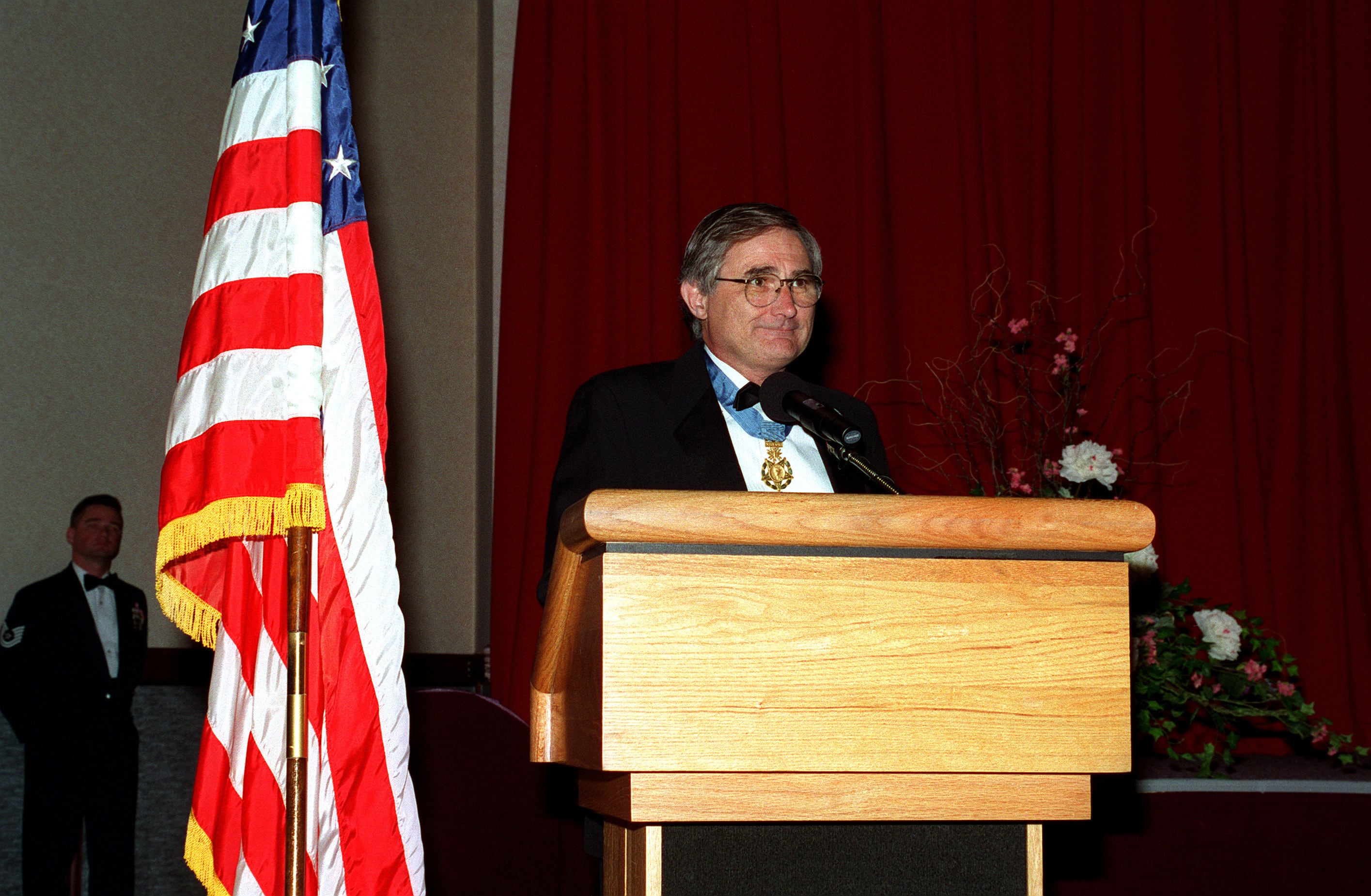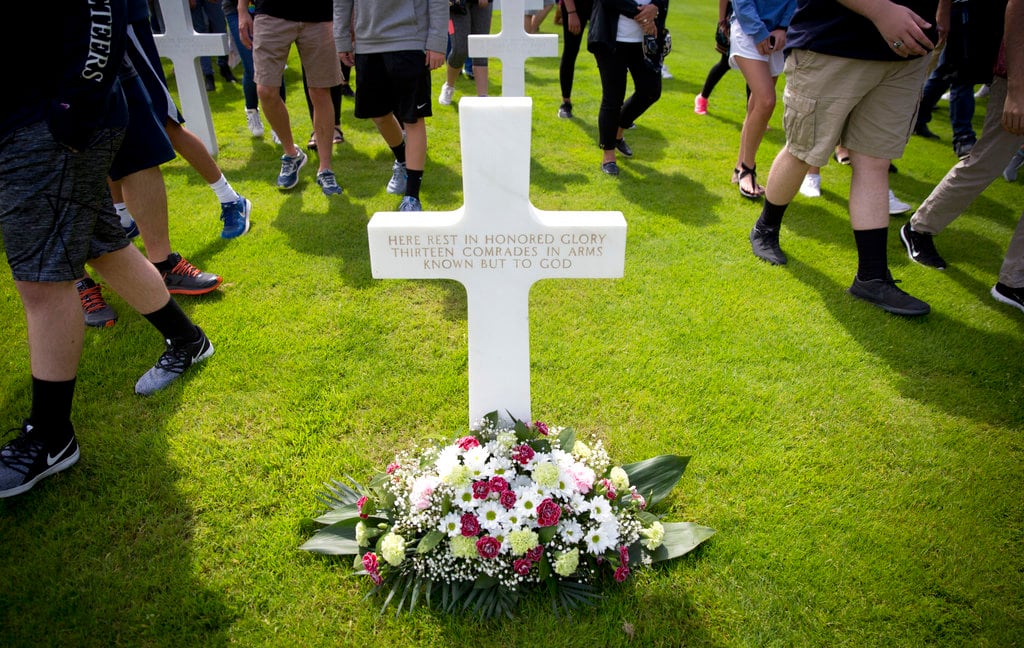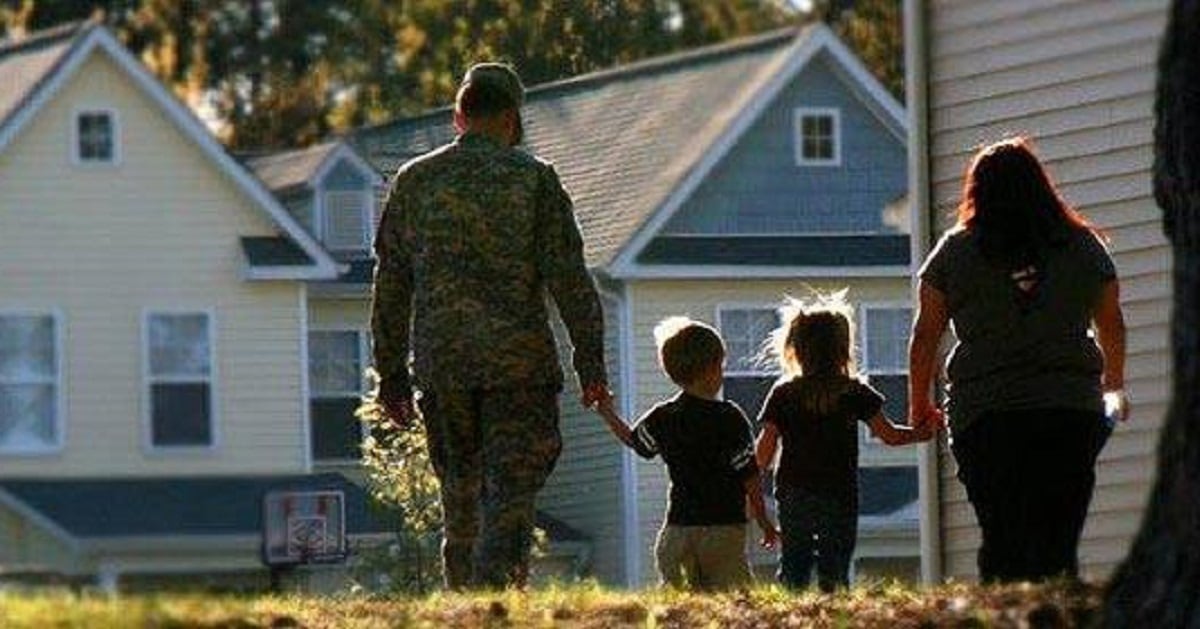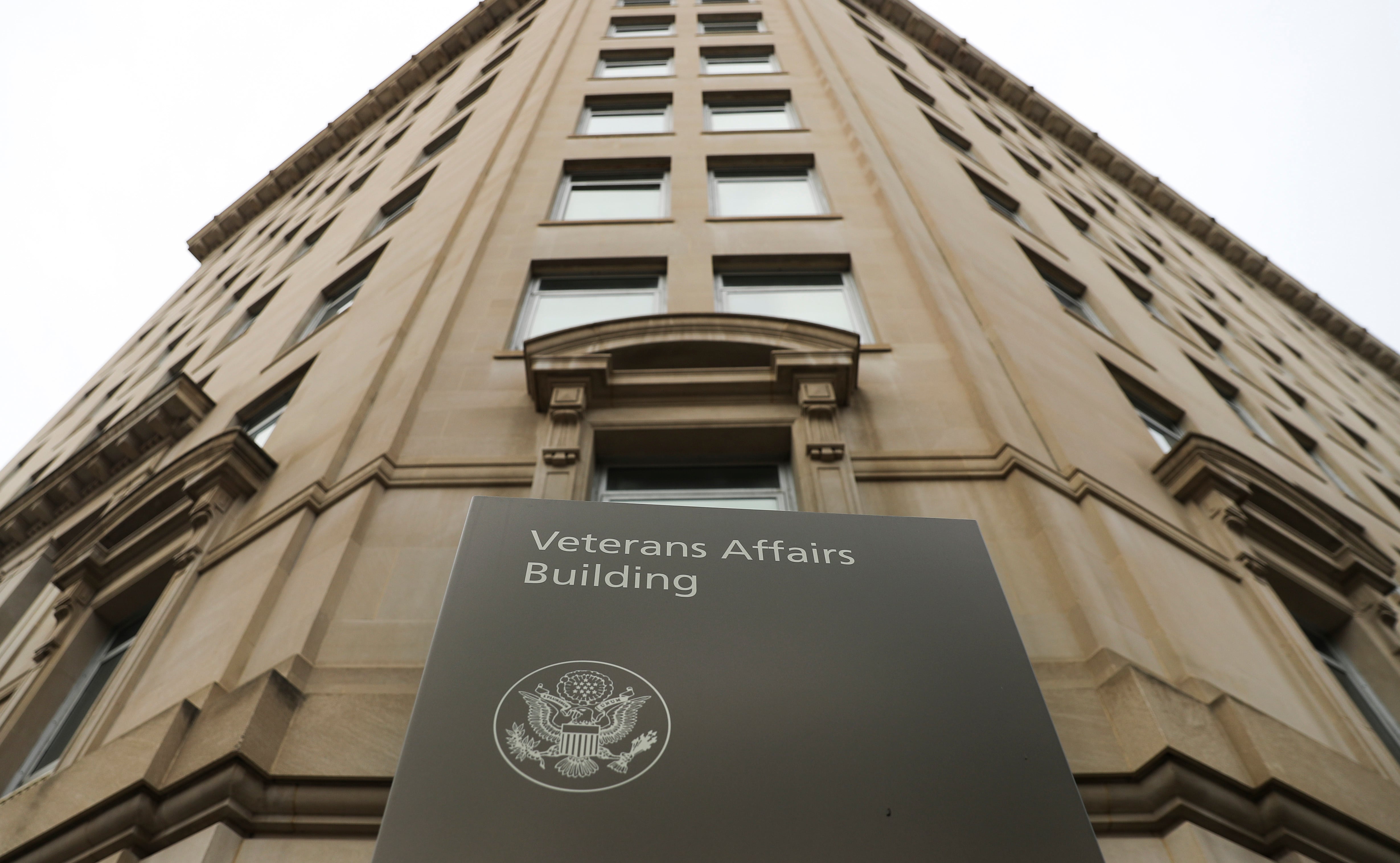The Vietnam War was nothing if not loaded with ironies at every conceivable level. The lowest-ranking Medal of Honor recipient in the U.S. Air Force was a case in point: John Lee Levitow’s ultimate moment of truth was less attributable to enemy forces than it was to his own ammunition — in particular, a loose, live flare capable of subjecting him and his crew mates to a fiery death.
Levitow was born on Nov. 1, 1945, in Hartford, Connecticut. His ambitions progressed from civil engineering to the U.S. Navy and finally, on June 6, 1966, enlistment in the U.S. Air Force.
After training at McGuire Air Force Base, New Jersey, and serving in a number of stateside units, Levitow was assigned in July 1968 to the 3rd Special Operations Squadron at Nha Trang, South Vietnam, as the loadmaster aboard a Douglas AC-47.
Based on the near-immortal C-47 twin-engine transport of World War II, the AC-47 was converted to a gunship.
Additionally, the aircraft carried parachute flares to light up the battlefield in support of ground forces.
Because its operations were carried out principally by night, the AC-47 was known as “Spooky,” but was also widely known as “Puff the Magic Dragon” after the Peter, Paul and Mary song.
On the night of Feb. 24, 1969, Airman 1st Class Levitow was serving as the loadmaster aboard an AC-47, codename “Spooky 71,” as it patrolled the night sky around Tan Son Nhut Air Base when a call came in that the U.S. Army post at Long Binh was under attack.
Hastening to the area, the plane’s pilot, Maj. Kenneth Carpenter, put the plane into a banked turn while Levitow set the ejection and ignition timers on a flare before passing it to a gunner, Airman 1st Class Ellis Owen.
As Carpenter turned around for a second firing pass, however, an enemy mortar team landed a shell on the plane’s right wing.
The results, as described in Levitow’s Medal of Honor citation, were devastating:
”The resulting explosion ripped a hole 3 feet, 1/4 inches in diameter through the wing along with more than 3,500 holes in the fuselage. All occupants in the cargo compartment were wounded and slammed against the floor and fuselage. The explosion ripped an activated flare from the grasp of a crew member who had been launching … flares to provide illumination for Army ground troops engaged in combat.”
Levitow suffered 40 fragment wounds in his back and legs but recovered enough to crawl across the cargo area, grab a crew member and drag him away from the open cargo door.
No sooner had Levitow got the airman to relative safety, however, than he saw smoke curling up from the flare storage. He realized that when the flare was jarred from the airman’s hand, it had been thrown back across the cargo area and was set to explode soon.
Levitow crawled up the cargo floor to reach the live flare. After rolling from his grasp several times, Levitow finally secured the flare and, holding it under his body, crawled back to throw it out the open cargo door.
The flare barely cleared the airplane when it exploded, just far enough away to spare the aircraft and its crew from destruction.
As Carpenter brought his battered aircraft down at an emergency airstrip at Bien Hoa, Levitow logged his 181st combat mission.
After his release from the hospital, Levitow would fly 20 more such missions before being honorably discharged in 1970.
On May 14, 1970, Levitow was awarded the Medal of Honor by President Richard Nixon, the first enlisted member of the Air Force to receive the award.
Levitow went on to serve more than 20 years in the Department of Veterans Affairs and the Connecticut Department of Veterans Affairs.
Levitow died of cancer in Glastonbury, Connecticut, on Nov. 8, 2000. His remains are interred in Arlington National Cemetery.





